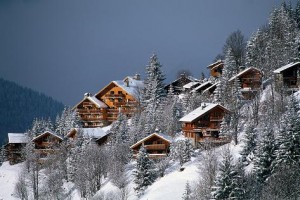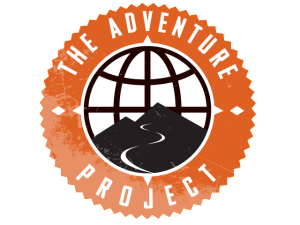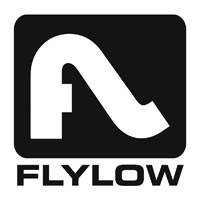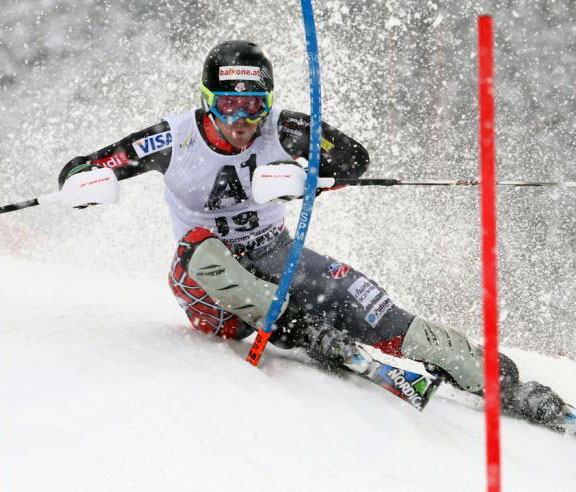 DSJ has suggested some good preseason conditioning exercises to include the obvious like spinning, box jumping, and jump roping, but also some lesser known like walking backwards on a treadmill at full ramp angle. Again, we’d like to add something that may help us in the age 40 and over crowd.
DSJ has suggested some good preseason conditioning exercises to include the obvious like spinning, box jumping, and jump roping, but also some lesser known like walking backwards on a treadmill at full ramp angle. Again, we’d like to add something that may help us in the age 40 and over crowd.
Flexibility is actually a hotly debated topic. Some studies have indicated that it may actually lead to more injuries in action sports. Regardless, while being able to do the splits may not do a darn thing to help your skiing, having a full healthy range of motion certainly will.
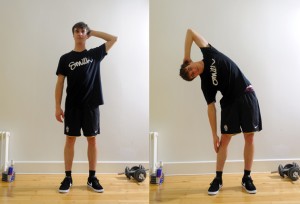 We all know we get stiffer as we get older and that makes aggressive angulation ever more difficult. We mainly get angulation from our knees and hips. With healthy knee joints, articulation shouldn’t be too compromised as we age, but the hips, and more importantly the lower spine are another story altogether. This area of the body naturally tends to lose flexibility as we age. Any stretching regime for this area should yield noticeable benefits.
We all know we get stiffer as we get older and that makes aggressive angulation ever more difficult. We mainly get angulation from our knees and hips. With healthy knee joints, articulation shouldn’t be too compromised as we age, but the hips, and more importantly the lower spine are another story altogether. This area of the body naturally tends to lose flexibility as we age. Any stretching regime for this area should yield noticeable benefits.
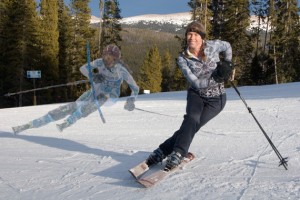 A good exercise is standing with a light to medium barbell across the shoulders behind the neck (or dumbells hanging at your sides) and then bending smoothly and deeply to either side. Involve the hip and lower spine weighting the outside leg. This is also a great stretch to include at the top of your first run of the day.
A good exercise is standing with a light to medium barbell across the shoulders behind the neck (or dumbells hanging at your sides) and then bending smoothly and deeply to either side. Involve the hip and lower spine weighting the outside leg. This is also a great stretch to include at the top of your first run of the day.
While none of this is likely to make any of us look like this young lady, the closer we can get, the better.
And why does all this really matter? The only reason she can carve such an aggressive turn with her skis at nearly a 90 degree angle is because of her ability to attain an exaggerated banana or “C” shape. If she dropped her upper body in line with her legs, she would collapse to the snow. If she raised her hips to be in line with her upper body she would dramatically decrease the angle of her skis on the snow. It’s all about “center of gravity”, and hers is actually somewhere close to her left hand.
So there yo have it. You don’t necessarily need to be a Gumby, but a banana might be nice. Stay loose my friends!
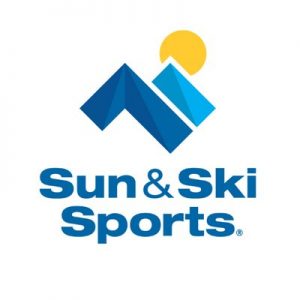
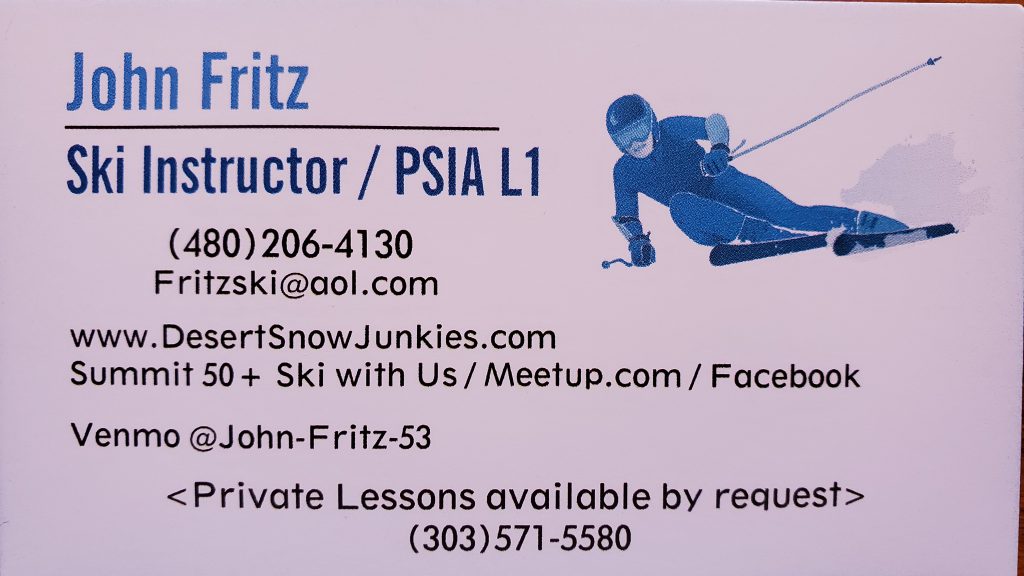

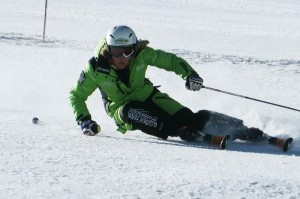

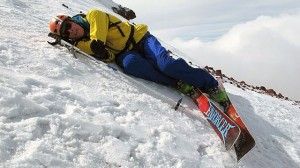
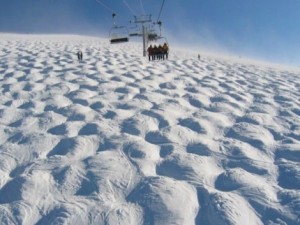

![scott-markewitz-18-082011[1]](https://desertsnowjunkies.com/wp-content/uploads/2014/02/scott-markewitz-18-0820111-300x199.jpg)
